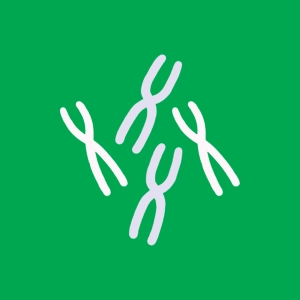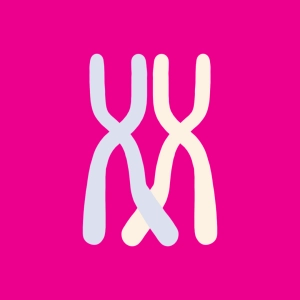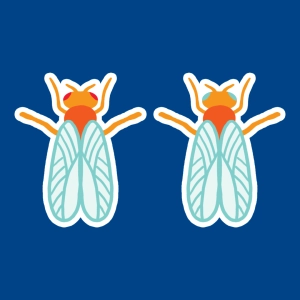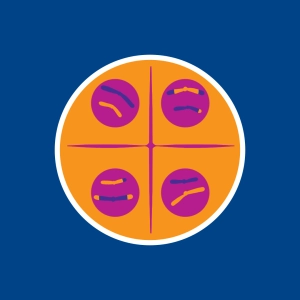 Law of Independent Assortment
Law of Independent Assortment
Learning objectives
- To understand the principle of interchromosomal diversity.
- To understand how and why meosis is responsible for genetic diversity.
- To illustrate that with 2 pairs of chromosomes (n=2), we get 4 (2n) types of different gametes. In the case of humans, n=23, an individual can produce more than 8 million different gametes.
This animation represents a simplified example of gamete formation during meiosis, in the case of a diploid cell with two pairs of homologous chromosomes. The first pair carries gene A and the second pair carries gene B. Each homologous chromosome carries different alleles (A1 and A2 for gene A; B1 and B2 for gene B).
The individual is therefore heterozygous for these two genes.
The blue chromosomes are of paternal origin while the red chromosomes are from maternal origin.
At the time of the first meiotic division, the homologous chromosomes separate and randomly migrate towards one of two poles opposite each other. There is a 50% chance that a chromosome will migrate from one side to the other.
In our example, there are two possible arrangements at the end of the first meiotic division: either the maternal chromosomes migrate from one side and the paternal chromosomes the other, or we find a maternal and a paternal chromosome at each side. At the end of meuisis, there are four types of gametes possible, from the point of view of allele separation.

Discover EduMedia for free
The interactive encyclopedia that brings science and math to life in the classroom.
Over 1,000 resources





